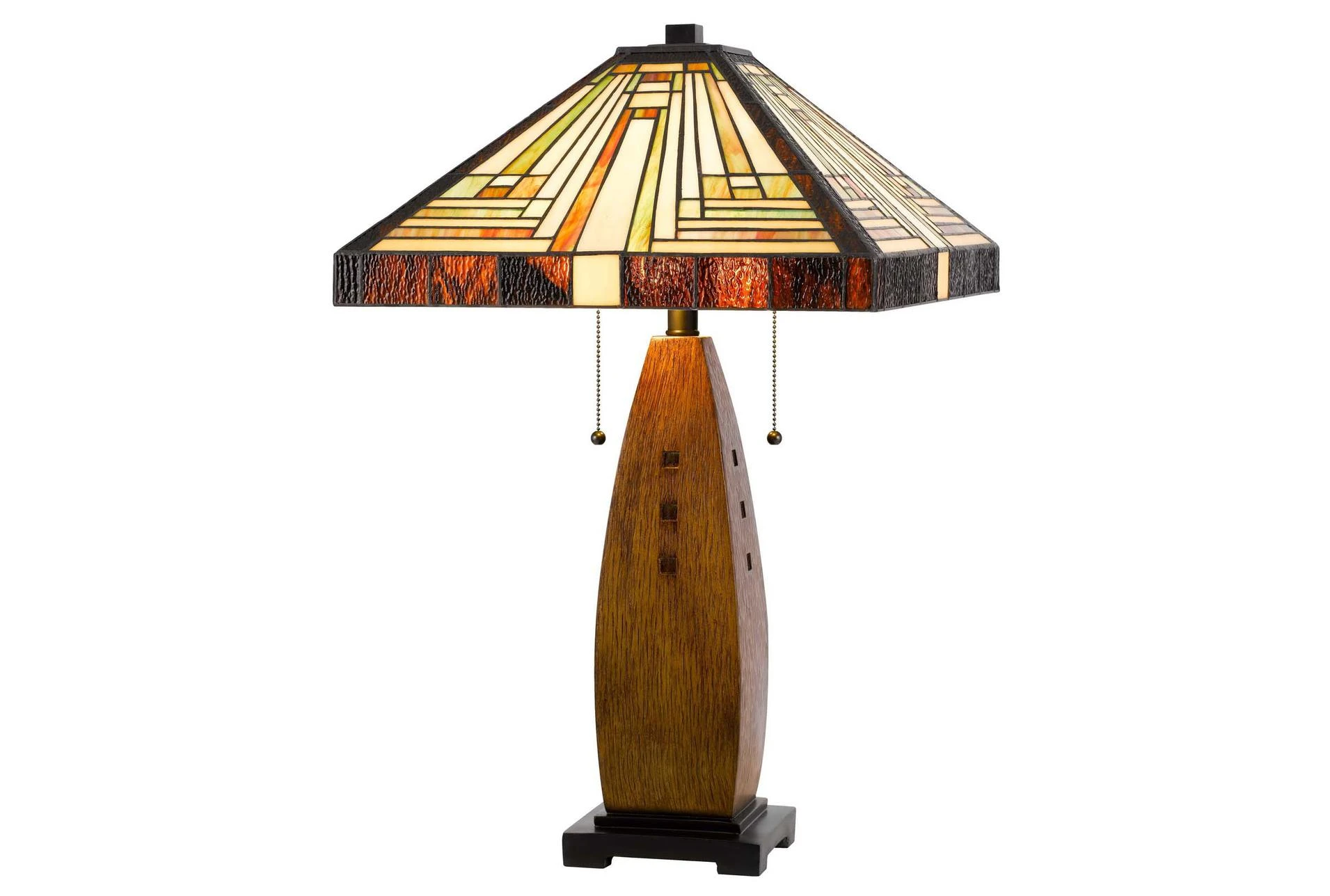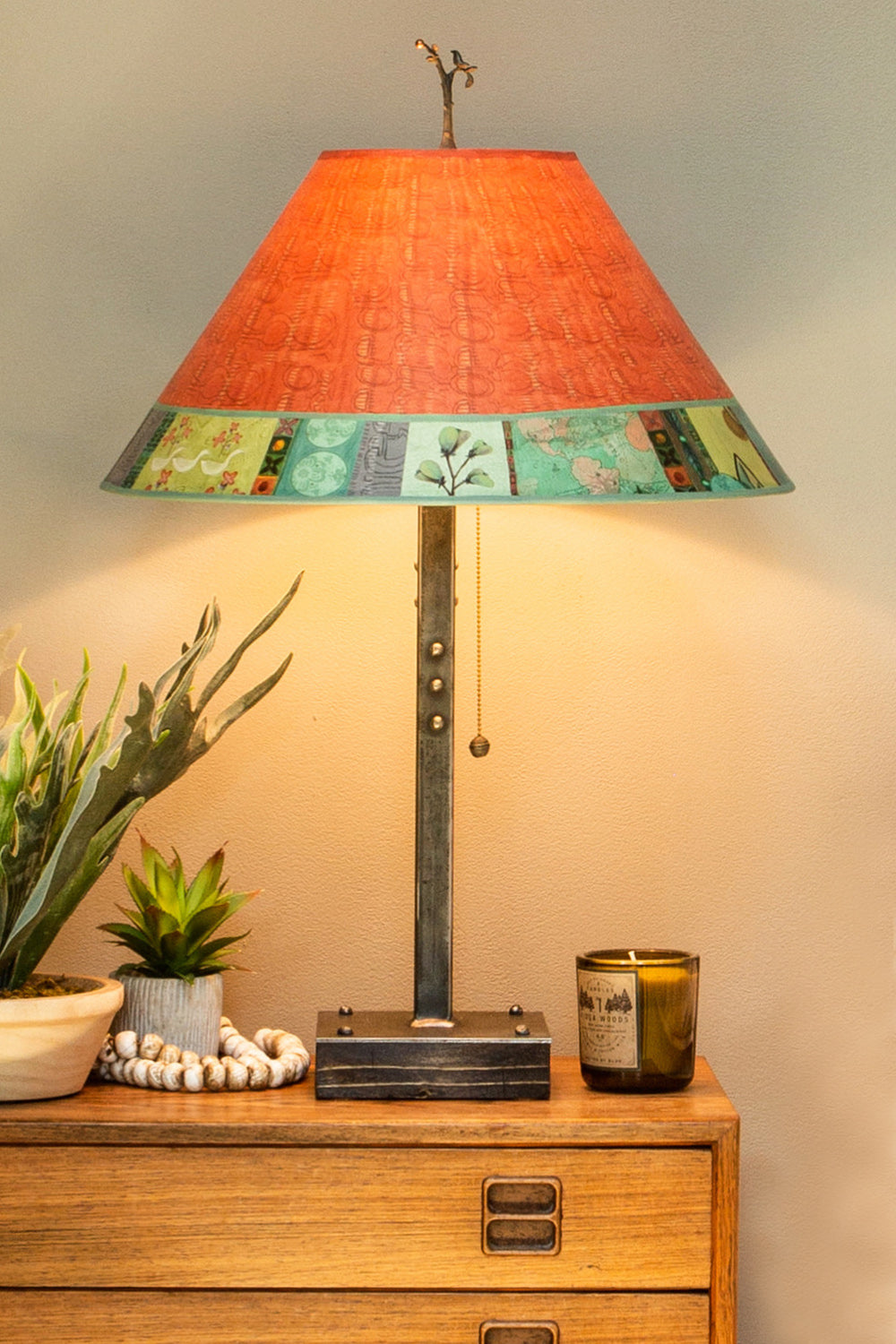
Creating the perfect craft space requires careful consideration of lighting. Adequate illumination not only enhances visibility but also improves accuracy and focus during crafting sessions. Choosing the right arts and crafts lamps is essential for optimizing your craft space and ensuring a comfortable and efficient work environment. In this article, we’ll explore three parts, each containing two levels of content, to guide you in selecting the ideal lamps for your craft space. From understanding different types of lighting to considering adjustable features and energy efficiency, these tips will help you create a well-lit and inspiring craft area.
Part 1: Assessing Your Lighting Needs
Level 1: Natural and Ambient Lighting
- Natural Light: Position your craft space near a window or in a naturally well-lit area to take advantage of natural light. Natural light provides accurate color representation and reduces eye strain.
- Ambient Lighting: Supplement natural light with ambient lighting, such as overhead fixtures or ceiling lights, to evenly illuminate your craft space. Ambient lighting provides a general, well-distributed light source to reduce shadows and create a balanced environment.
Level 2: Task Lighting
- Focused Illumination: Task lighting provides directed light for specific crafting activities, such as sewing, painting, or intricate work. Consider desk lamps or floor lamps that can be positioned to focus light precisely where you need it.
- Magnifying Lamps: If your crafts require precision or detailed work, invest in magnifying lamps. These lamps combine focused lighting with magnification capabilities, allowing you to work with intricate details more comfortably and accurately.
Part 2: Considerations for Craft Lamps
Level 1: Adjustable Features
- Flexible Arms and Neck: Look for lamps with adjustable arms or gooseneck designs, as they allow you to position the light exactly where you need it. This flexibility ensures optimal lighting angles and reduces shadows or glare.
- Swivel and Pivot Bases: Lamps with swivel or pivot bases provide additional flexibility, allowing you to adjust the direction and focus of the light. This feature is particularly useful for multi-purpose craft spaces or when working on projects that require different lighting angles.
Level 2: Energy Efficiency
- LED Lighting: Consider lamps that use energy-efficient LED bulbs. LED lights are long-lasting, consume less energy, and generate less heat compared to traditional incandescent or fluorescent bulbs. This not only helps reduce energy costs but also minimizes the risk of overheating during extended crafting sessions.
- Dimmable Options: Some lamps offer dimmable features, allowing you to adjust the brightness according to your preference or specific crafting needs. Dimmable lamps provide versatility, as they can accommodate different lighting requirements for various crafts and tasks.
Part 3: Stylish and Inspiring Lighting Solutions
Level 1: Design and Aesthetics
- Sleek and Modern: Sleek and modern lamps blend well with contemporary and minimalist craft spaces. Look for clean lines, metallic finishes, and minimalist designs that complement your overall decor.
- Vintage and Artistic: Vintage or artistic lamps can add a touch of charm and nostalgia to your craft area. Explore thrift stores or online marketplaces for unique vintage lamps or consider DIY projects to repurpose vintage items into functional and stylish lighting fixtures.
Level 2: Additional Lighting Accessories
- Magnifying Attachments: Some craft lamps come with detachable magnifying lenses that can be added when needed and removed when not in use. These attachments are particularly useful for crafts that require detailed work or for individuals with visual impairments.
- Task Lighting Combinations: Consider combining different types of lamps to create a well-rounded lighting setup. For example, pair an adjustable desk lamp with overhead track lighting or pendant lights to achieve a balance of focused and ambient lighting.
Conclusion:
Selecting the right arts and crafts lamps is essential for creating a well-lit and inspiring craft space. Assess your lighting needs by considering natural, ambient, and task lighting requirements. Look for lamps with adjustable features, such as flexible arms or swivel bases, to ensure optimal positioning and reduce shadows. Opt for energy-efficient options like LED lighting and consider dimmable features for added versatility. Additionally, explore different lamp designs to find one that complements your craft space’s aesthetics and personal style. By carefully choosing and arranging your craft lamps, you can create a well-illuminated workspace that enhances your productivity, accuracy, and overall crafting experience.





:max_bytes(150000):strip_icc()/babyshower-0e6eb392057549069a03ec47aa6c4216.jpg)
